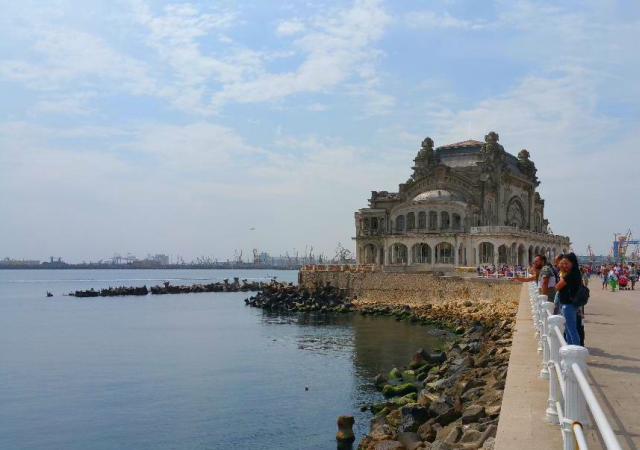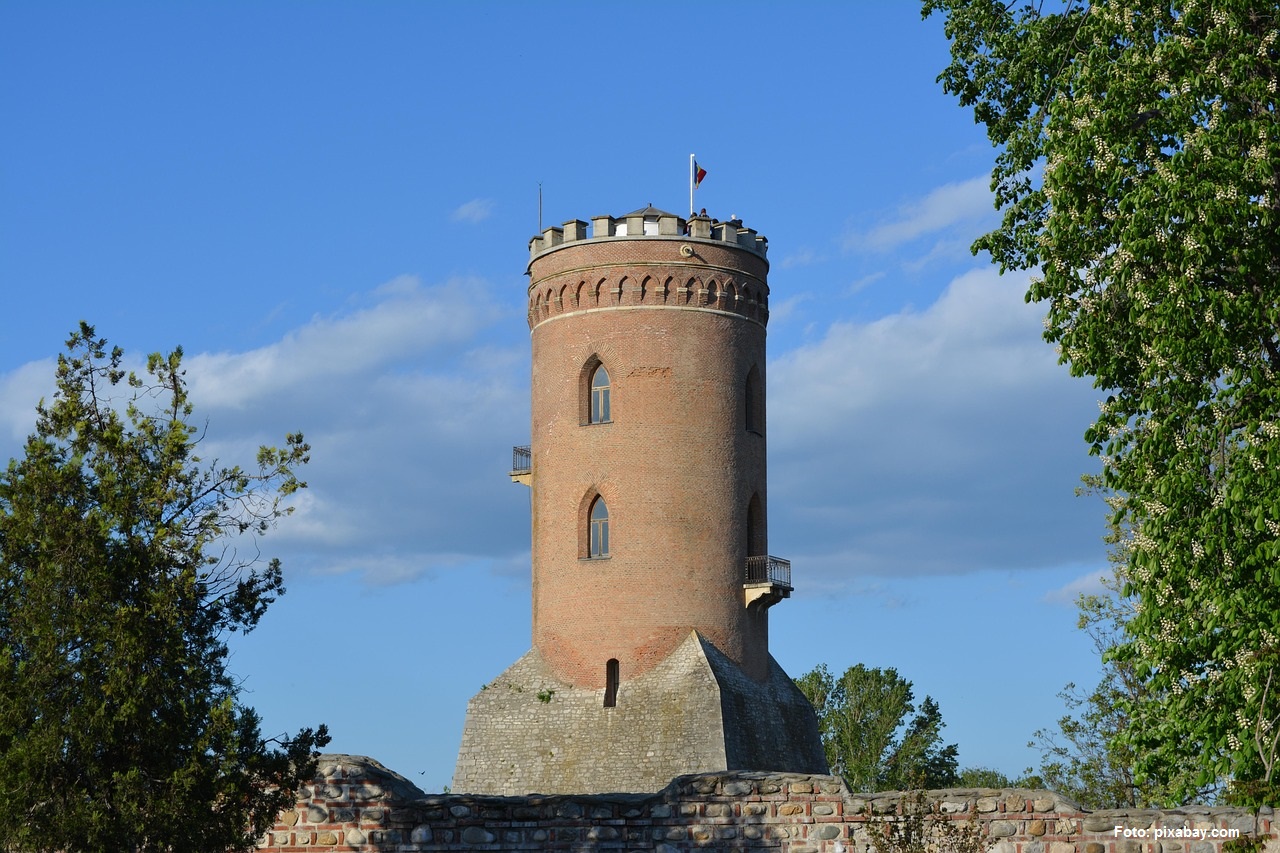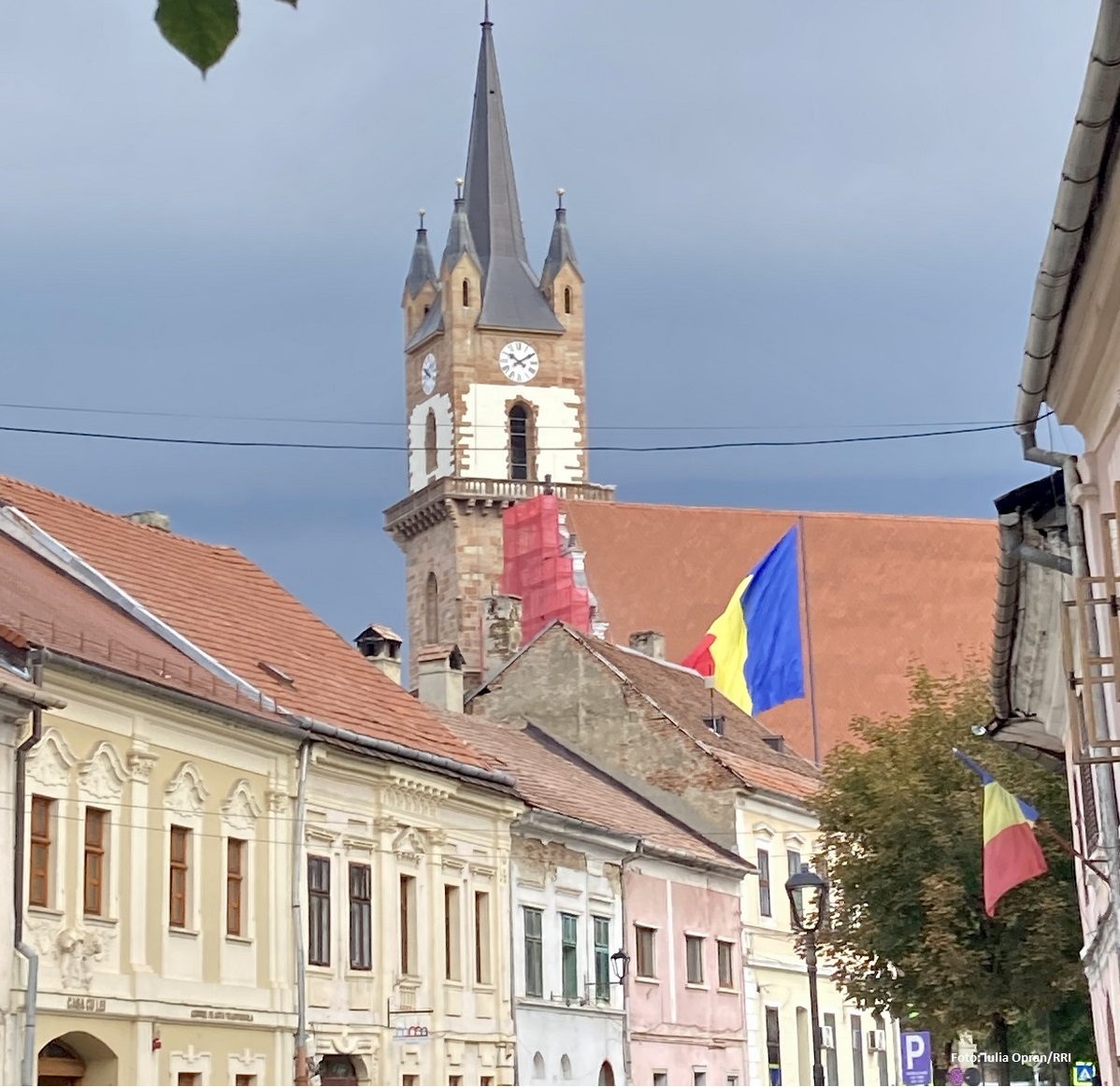Vacation in Constanta County
Today we are discovering a county in southeastern Romania, very much sought after during the beach season

Daniel Onea, 05.08.2021, 13:50
Today we are discovering a county in southeastern Romania, very much sought after during the beach season. Of course, the beaches are the main attraction. In Black Sea resorts, as a result of a recent project, the beaches were restored and widened, with many possibilities for accommodation and entertainment. However, we will not be stopping only on the beaches, we will be discovering the many cultures in the county, historical landmarks and vestiges, and a few themed circuits.
Constanta County Council pas prepared for tourists six culture and tourism circuits, recognized and certified in the European system and regionally. Whichever of them you choose, the historical, religious, museum, wine, or fortress circuit, your trip should start in the city of Constanta. Here is Mihai Lupu, president of Constanta County Council:
“This is one of the oldest cities in the world, not just Romania, rich in archaeological findings. I would mention the History Museum, the Traditional Art Museum, or the Contemporary Art Museum, the latter with an impressive modern art collection. It is one of the biggest in the country. I also recommend visiting the Dolphinarium, the Planetarium, and the Aquarium. No one bringing their children to the seaside misses them. If we depart from Constanta, we can choose any route, leading to the Delta, to the Danube, to archaeological sites, or the famous walled cities of Histria, Capidava, and Ulmetum.
Diana Slav is a local guide, and has been for five years. She says that some tourists do their homework before coming here, but she also likes working with tourists who want to be surprised:
“In addition to the Casino, which is still an emblem of the city of Constanta, and is under renovation, fortunately, I recommend the Navy Museum. It is unique in Romania, and very accessible. The stories there are also in audio format, in several foreign languages. Walking from there we get to Ovidiu Square, with the History Museum, but most especially the Roman Mosaic Edifice. We have the Roman Baths, which everyone doesn’t know, but they have a well preserved mosaic, 650 sqm in surface.
The entire area of the historic center of Constanta was restored in a European funded project, starting in 2013. They are working on the details, emphasizing the buildings in the area. Another aspect that surprises tourists is the multicultural situation in the county. The ethnic communities living together in the area are an example for everyone. Turks, Tatars, Greeks, Armenians, Jews, they all made their contribution to the prosperity in the area. Here is Diana Slav:
“This also includes cuisine. Each community has several restaurants. From a cultural and religious standpoint, the central, pedestrian area, in which I tell many stories about Constanta, includes an octagon of faith. Eight different places of worship for several religions can be visited on foot, it takes about an hour and a half.
Going out of Constanta, there are many possibilities. It all depends on the preferences of tourists, which includes means of transportation. Here is our certified guide, Diana Slav:
“As of late, we started promoting going by bicycle, or using various other means of transportation. Right now we provide very nice scooters to tourists, which can be used easily all over the region. We has requests like this, which include history, cuisine, or cultural visits. If we got towards the border with Bulgaria, we could go see the monument at Adamclisi, which is very well preserved. People only go to see the monument, but I love the area of the ruins there. Close by, we can have faith visits. We have St. Andrew’s Cave, and Dervent Monastery. These are in high demand if you want to know the essence of Christianity. We also have a lot to wine cellars. Right now there are over 20 of them. These are small wineries, so-called boutique wineries. I appreciate those very much, because they emphasize quality in their wines, not quantity. Each has its own distinct story, its local story. They all started to learn that local history and stories prepare the tourists for the visit, it’s not just about a glass of wine.
In the town of Mangalia we have the Esmahan Sultan Mosque, with its cemetery that stretches over 5,000 sqm. Experts agree that it is one of the most beautiful monuments, combining Greek and Turkish styles, with traces of Moorish architecture. The mosque should be included in any history tour, says guide Diana Slav:
“From Constanta we can go towards Babadag, which has the second oldest mosque in the country, dating back to 1610. Going towards Adamclisi, we visit the one in Mangalia, dating back to 1590, which is open for visitation. After Babadag, we have the fortress of Histria, the oldest dating back to the ancient period, and a few km away we can visit the Enisala Medieval Fortress. This would be just what we have in Constanta County, but we can go next door, to Tulcea County, to widen our horizon. Tourists are always impressed and surprised with the multicultural nature of our counties. Also, the beaches sometimes take them by surprise, because they don’t expect sand beaches. They are mostly used to the ones in Western Europe, which are mostly gravel. We have an even bigger surprise this year, because the beaches have been widened. The hotel sector has developed a lot, also developing niches, meaning personalized experiences. This shows the maturity of the local market.
There you have it, a vacation destination for all ages. Even though most people go here in the summer season, to enjoy the sunny beaches, a trip to Constanta County is great no matter the season.






























